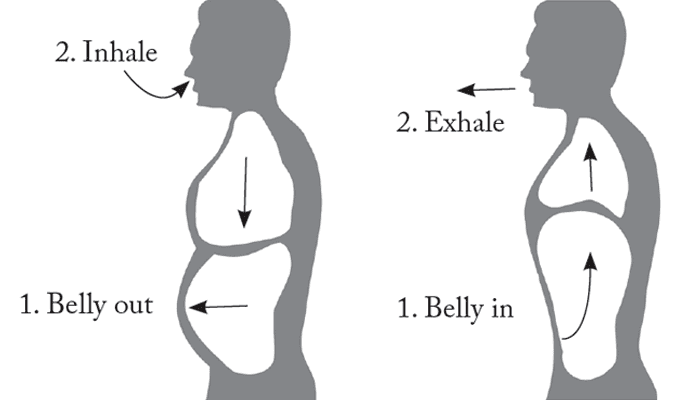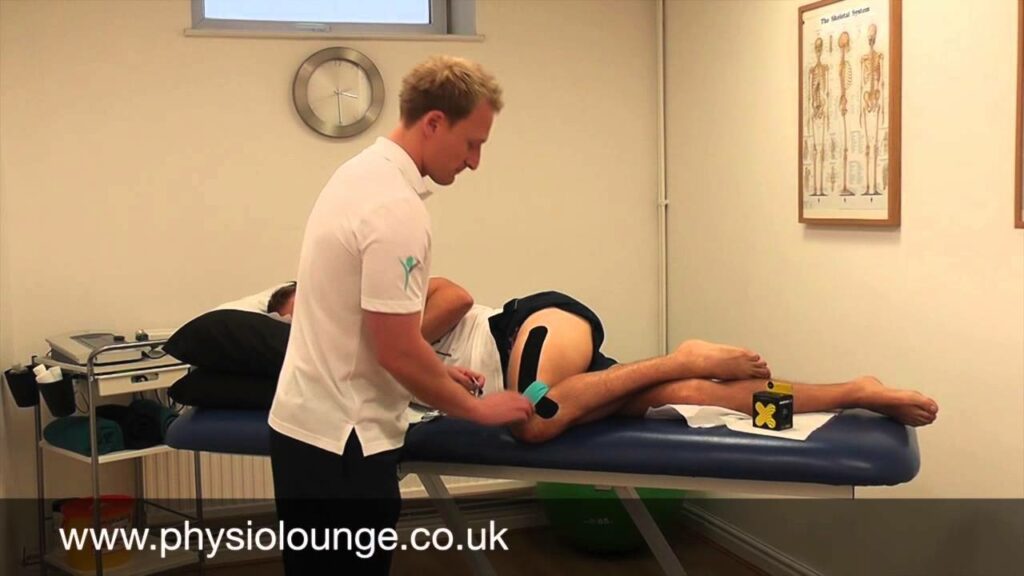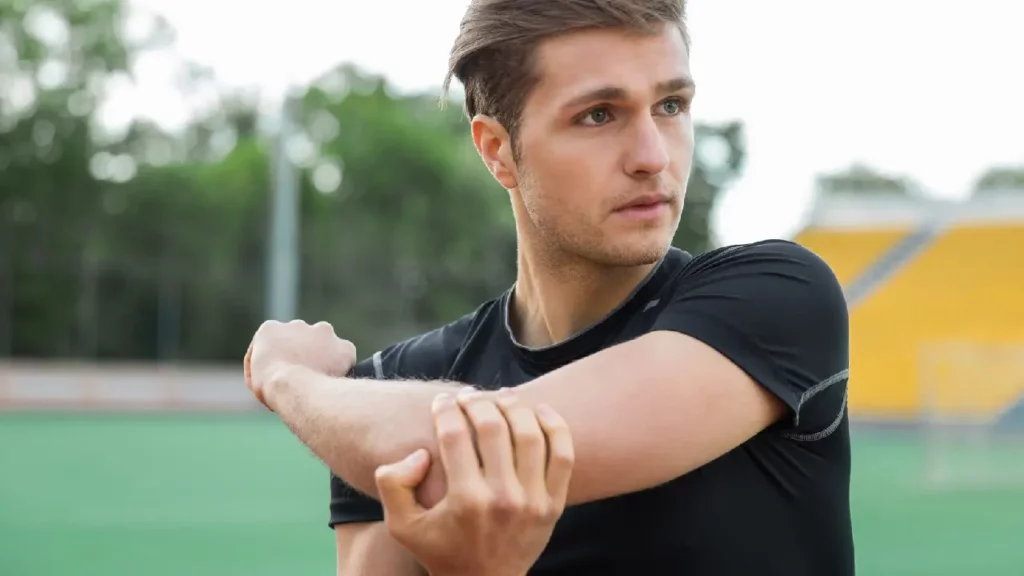In this article we’re going to through some tips to help you master your marathon training, maximise performance and minimise the risk of injury. We’ll also address your some of your FAQs and concerns when it comes to running… so lets go!
# 1 It’s a Marathon… NOT a Sprint
I know, “duh” right? You all know this obviously, but often people won’t apply this awareness to their training and ramp up the mileage too much too soon. Sudden increase in mileage/training spikes don’t give your tissues time to adapt and has been shown by research to be a risk factor for injury. Suddenly ramping up training volumes above normal levels is a recipe to develop injury. We can tell you that anecdotally from our experience here at the clinic and it frequently being highlighted in research. So the question is “how much should I increase my mileage by?”
Actionable point:
Aim to increase mileage by around 10% each week*
*But don’t be a robot with this recommendation, test, evaluate, alter based on how you feel. Everyone is unique, we have different injury histories, we’re different ages, lots of variables that alter our running capacity. Some may need to be < 10% some may be able to tolerate > 10%
# 2 What Footwear Should I Use?

Contrary to very strongly held beliefs, there is no one perfect trainer that is an ideal for all individuals when it comes to running. The problem is there are many stakeholders when it comes to recommending the best trainers right? Who can you trust? Our goal is to provide you with education and knowledge so you can make the best informed decision for yourself. Here are the tips:
1) Don’t make a sudden change
– We’ve seen people hear minimalist footwear is the best and sudden change from their big cushioned trainers to Vibrams and end up with shin splints or Achilles pain.
– The issue isn’t that there’s anything wrong with minimalist foot wear, it’s that the change needs to be gradual to allow the body to adapt and get used to it (you’re seeing a theme here right?) 😉
2) Be guided by comfort and symptoms
– At the end of the day we can make all the recommendations in the world but what’s most important is what feels good to you.
3) Have your shoe fit the foot vs foot fit the shoe
– If you stand barefoot next to your trainer the shoe should not be any narrower than the width of your foot.
– Often shoes “suffocate” our feet and squash the toes together
Actionable points:
Don’t make sudden change to your current footwear
Change your trainers about every 350-600 miles
Stand next to your potential training shoe and make sure the toe box accommodates your foot width
# 3 Vary Your Training Intensities
We’ve all heard of overuse right? Imagine if you go to the gym and you do bicep curls at 10kg for 15 reps day 1, day 2, day 3, 4. Do you think this could end up with really sore biceps and an injury down the line? I think most of us would agree with that and yet don’t always apply the same logical awareness when it comes to running. To give you a really brief science lesson, there are 2 general energy systems, think of these as engines we have to propel us (just like a hybrid car having petrol and battery it can switch between).
Aerobic (sustainable)
Anaerobic (unsustainable)
Long-distance running is about as aerobic as it can get. You’re always using that aerobic engine and that engine is subject to overuse just like any muscle or tissue. The issues with just doing pure aerobic training is that it can be catabolic. What the heck does that mean? Anabolic is when things are being built up e.g. body repairing/rebuilding, catabolic is when the body starts breaking things down.
So we have anabolic and catabolic hormones such as cortisol. Neither is bad or good, they all play essential roles within the body to help us out. In the short term cortisol can be great and may be part of what gives runners that “second wind” due to one of the effects being that it releases stored glucose and makes blood sugar available for energy. The problem is if we have chronically elevated cortisol levels which can happen if we are constantly revving our aerobic engine all the time. Cortisol can then have deleterious effects such as converting lean muscle tissue to glycogen (stored glucose), protein synthesis is reduced impairing muscle repair/recovery, your nervous system performance may starts to plummet as the strength of the impulses it’s able to generate get weaker and there’s an impact on the immune system as well that could lead you to feeling run down and getting ill. So what might help mitigate these effects?
Actionable points:
Vary your intensities / engines:
- Sprinkle some high intensity training and let your anaerobic engine take you for a spin giving the aerobic one some time to recover
- 80% low intensity (aerobic)
- 20% higher intensity (anaerobic)
# 4 Incorporate Strength and Conditioning
7-8 x body-weight goes through your tissues when you run. The calves and the Achilles particularly have to manage a lot absorb loads. Strengthening the muscles mainly involved in running can be really helpful for a number of reasons:
1) Muscle/tendon capacity > load/stress = injury prevention
2) Preserve lean muscle mass
Now I can already hear some of you freaking out about this. Don’t worry, you’re not going to get “bulky” doing this. For one thing you have to be in a calorie surplus for that and given that you’ll be burning a shed ton of cals with your mileage in addition to this training that isn’t going to be a possibility. At any rate the goal is to maintain lean muscle mass to mitigate the potential muscle wasting impact pure aerobic exercise can have (Laurensen et al., 2014).
Actionable points:
Add a strength session 1-2 x pw
Focus on quads, calves, glutes, hamstrings
Maximise load intensity and minimise volume (aim for 4 sets at 4-10RM)
Individualise strengthening for best results – generic programs can help but a bespoke strength program based on a personalised assessment is ideal. This is a service we offer so give us a shout.
# 5 Increase Your Step Rate
Your cadence aka number of steps you take a minute has been linked with injuries. The ideal we’re seeing at the moment is about 170-190 steps/min. The big question I’m sure you’re asking is “how will increasing my cadence help my running?”
A 5-10% increase in step rate has been shown to:
– Reduce knee joint work per stance (Heidersheit, 2011)
– Reduce knee joint work per km (Willy, 2015)
– Reduce knee-cap joint loads per stance / per km (Lenhart 2014, Wilson 2015)
– Reduce peak hip adduction (thigh sloping inwards) by 2-3 degrees (Heirderscheit, 2011, Hafer 2014, Willy 2015)
That last one (thigh sloping inwards) is an alignment deviation that is linked particulary with the dreaded and well known IT Band Syndrome so many runners suffer with.
Actionable points:
Try tweaking your cadence to get within the ideal range.
You can do this with run cadence apps, Garmin watches where it’ll set off an alarm if you drift outside your set parameters etc.
The caveat to this is don’t make any drastic changes, our principle theme running throughout this blog post.
# 6 Diapragmatic Breathing

Suffer with the dreaded “stitch” then try to vary your breathing technique to incorporate diaphragmatic breathing. Many stitches are linked to the diaphragm (even the ones in the shoulder, as this area shares the same spinal nerve as the diaphragm… C4). Try controlled diaphragm breathing at rest then slowly incorporate this into your shorter runs before the longer runs.
Wrap Up
We want to keep runners running. So many of you don’t come to physio because you’re afraid we’re going to tell you to stop running. Well lets be honest, you wouldn’t even if we told you to anyway! The time most people turn up to physio is when they physically can’t run anymore because the pain is so bad. So if your experiencing pain/niggles don’t wait for something minor to become major and spoil all of your hard work. Remember… you’re in good hands.
Request a Callback Book Online
References
Heiderscheit, B. C., Chumanov, E. S., Michalski, M. P., Wille, C. M., & Ryan, M. B. (2011). Effects of step rate manipulation on joint mechanics during running. Medicine and science in sports and exercise, 43(2), 296.
Lauersen, J. B., Bertelsen, D. M., & Andersen, L. B. (2014). The effectiveness of exercise interventions to prevent sports injuries: a systematic review and meta-analysis of randomised controlled trials. Br J Sports Med, 48(11), 871-877.
Willy, R. W., Buchenic, L., Rogacki, K., Ackerman, J., Schmidt, A., & Willson, J. D. (2016). In‐field gait retraining and mobile monitoring to address running biomechanics associated with tibial stress fracture. Scandinavian journal of medicine & science in sports, 26(2), 197-205.



